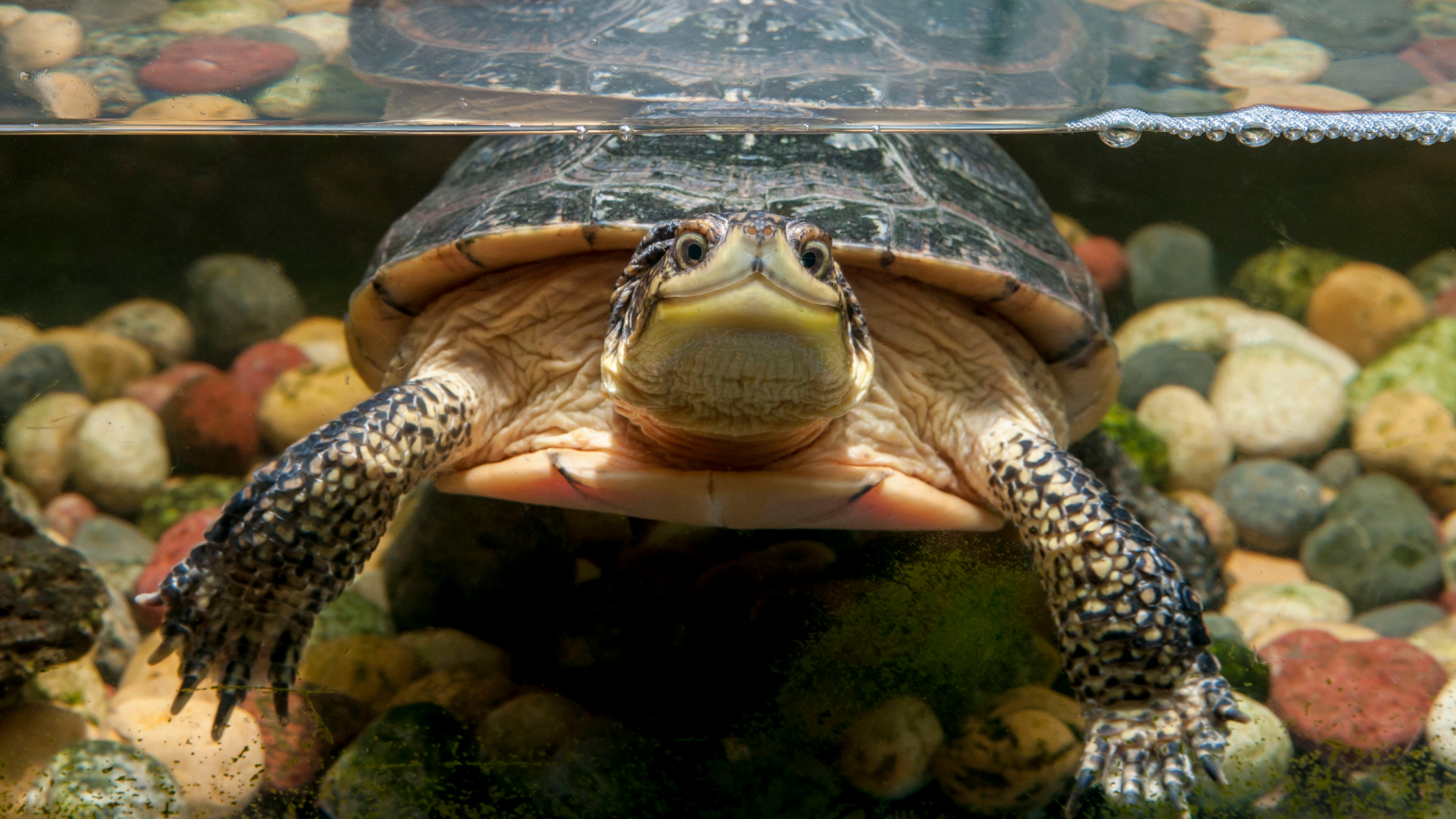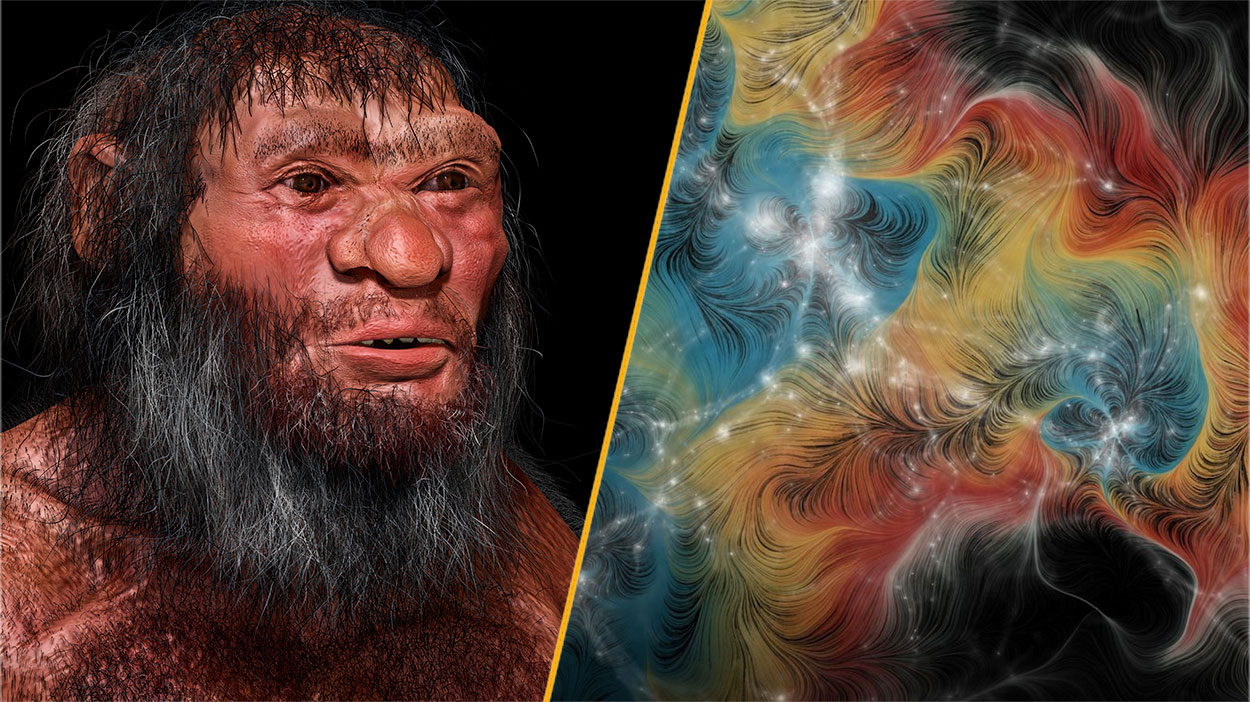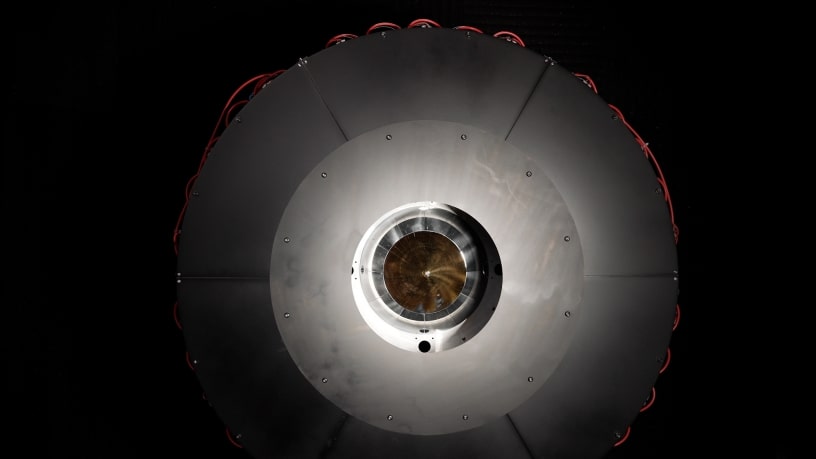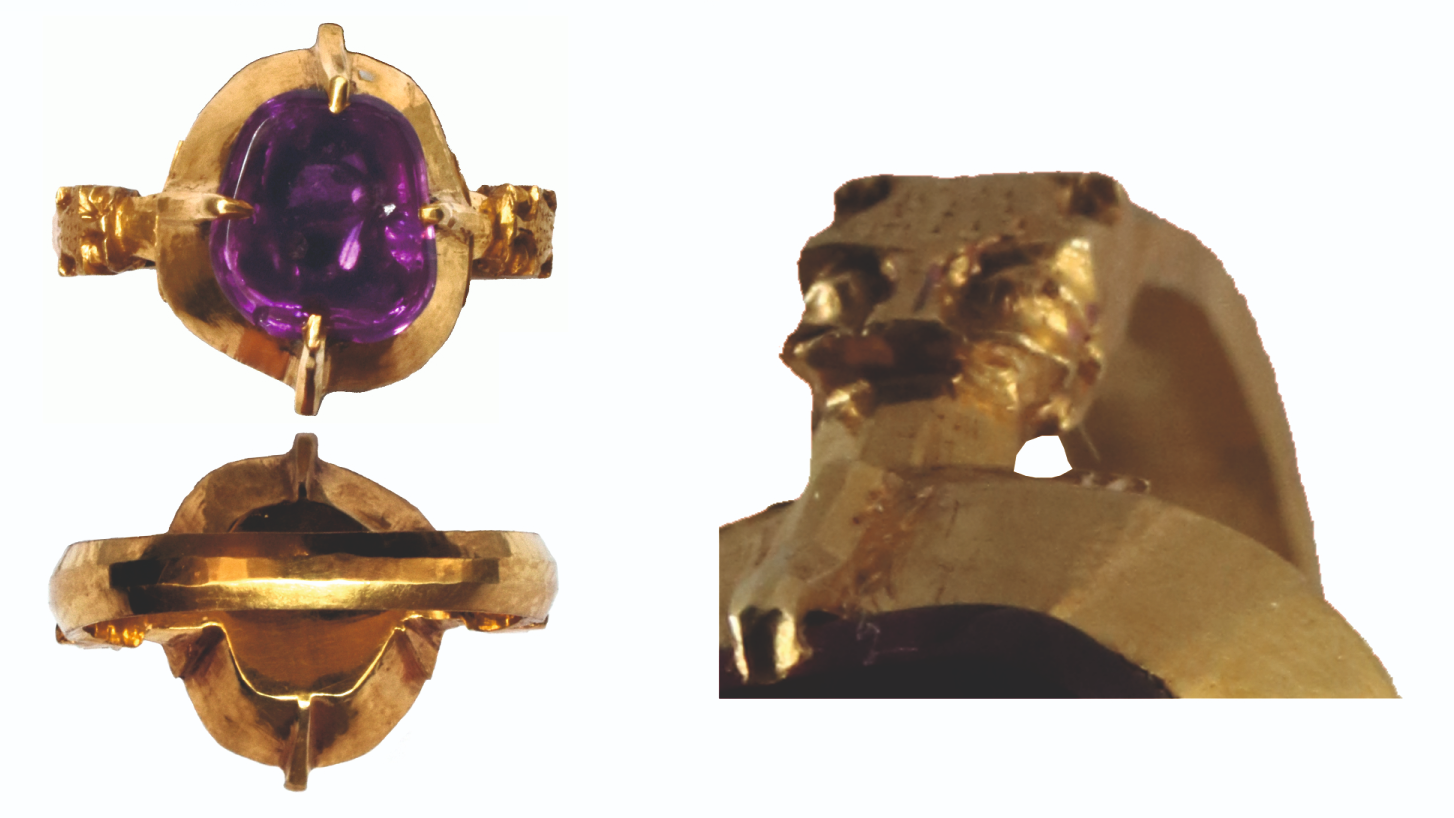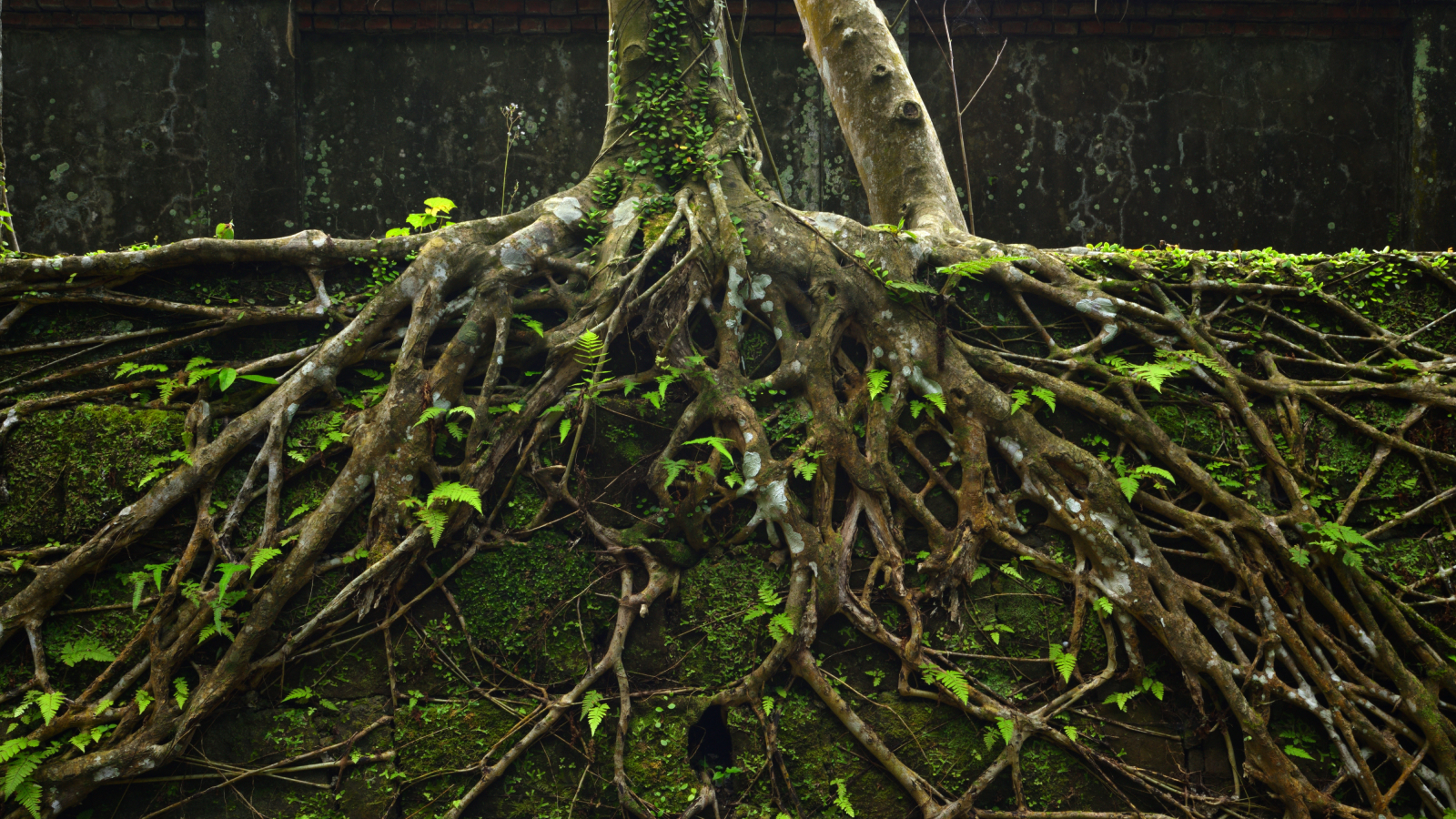Getting enough oxygen in the water can be hard work. While fish and many other aquatic animals take air directly from the water through gills, other animals find ingenious ways to drag air bubbles down from the surface or trap air around their bodies. But others do it the hard way and hold their breath to dive, before coming up to the surface for air — and then repeat this process again and again.
Some of these animals can stay submerged for staggering lengths of time. But which animal can hold its breath the longest? And what characteristics enable it to do this?
Although diving times can reveal how long species typically stay underwater, the duration can vary depending on why they are staying submerged.
“There is a difference between surviving under water (how long before they die) and breath holding (how long do they voluntarily stay submerged),” Wilco Verberk, an associate professor of ecology at Radboud University in the Netherlands, told Live Science in an email.
For example, some animals could find themselves trapped below water. Some ants were seen to survive for multiple hours when forcibly submerged, but even specialized diving ants would not voluntarily dive for more than a minute, Philip Matthews, an associate professor at the University of British Columbia who studies insect respiration, told Live Science.
Secondly, for animals to hold their breath, they need lungs, said John Spicer, a marine zoologist at the University of Plymouth in the U.K. “Holding breath only applies to animals with lungs and even then lunged animals that don’t have gills as well (like lungfish) and/or breathe through their skin (like frogs),” Spicer told Live Science in an email.
Related: How do marine mammals sleep underwater?
The absolute champions for lunged animals staying submerged are certain freshwater turtles, such as the Blanding’s turtle (Emydoidea blandingii). These reptiles practice brumation — a form of hibernation for reptiles — at the bottom of rivers and lakes during winter and can stay underwater for months at a time, which helps them survive when they are trapped beneath a layer of ice. Turtles are ectothermic, or cold-blooded, so during cold periods, their metabolism slows down, enabling them to conserve more energy and use less oxygen.
“Many freshwater turtle species as the environmental temperature decreases switch everything off, and can stay submerged literally for months,” Spicer said. “If brumation counts as holding your breath, then the freshwater turtles wipe the (river/lake) floor with everything else.”
However, these turtles cheat by taking in small amounts of oxygen in the water through their butts — or technically, their cloacae, which are multipurpose openings that are also used for sexual reproduction and egg-laying, as well as expelling waste.
Bigger is better
Size plays a crucial part in how long an animal can hold its breath, Verberk said.
“Body size is a key trait, with larger animals being able to hold their breath for longer,” Verberk said. “This is because oxygen stores tend to be larger in larger animals, also in relation to the rate at which they deplete them (larger animals tend to have lower mass specific demands for oxygen).”
This means the competition for breath holding is between large mammals and large ectotherms such as crocodiles and sea turtles, he noted.
The record dive by a mammal was completed by a Cuvier’s beaked whale (Ziphius cavirostris), which stayed submerged for 222 minutes, or 3.7 hours. Other whales have also put in impressive dives: The record Arnoux’s beaked whale dive (Berardius arnuxii) lasted 153 minutes, and a sperm whale (Physeter macrocephalus) managed 138 minutes, according to Verberk, Spicer and team’s 2020 study.
Whales accomplish this feat thanks to a number of key adaptations. These include slowing down their heart rate and or metabolism; redirecting blood flow away from parts of the body, temporarily shutting down organs such as the liver and kidneys; “and good oxygen storage capacity and release, from and in the large amounts of respiratory proteins in the muscles (myoglobin) and the blood (haemoglobin),” Spicer explained.
In addition, these animals can switch to anaerobic metabolism and generate energy without using oxygen, Spicer added.
“It is very inefficient in its conversion of food stuffs to energy, it is slow in doing so, and it produces a ‘poison’ lactic acid — so it’s an emergency response for us,” Spicer explained. “Diving mammals also resort to anaerobic metabolism and generate lactate but seem to be [a] bit better at putting up with it — and buffering the effect of the acid build up.”
Elephant seals (Mirounga angustirostris and Mirounga leonina) have also recorded impressive dives lasting two hours. However, this is not typical; it happens only when they are near predators, Spicer said.
Ectotherms for the win
While whales triumph as the longest-diving mammals and endotherms, or warm-blooded animals, big ectotherms have registered the longest-lasting dives of any species.
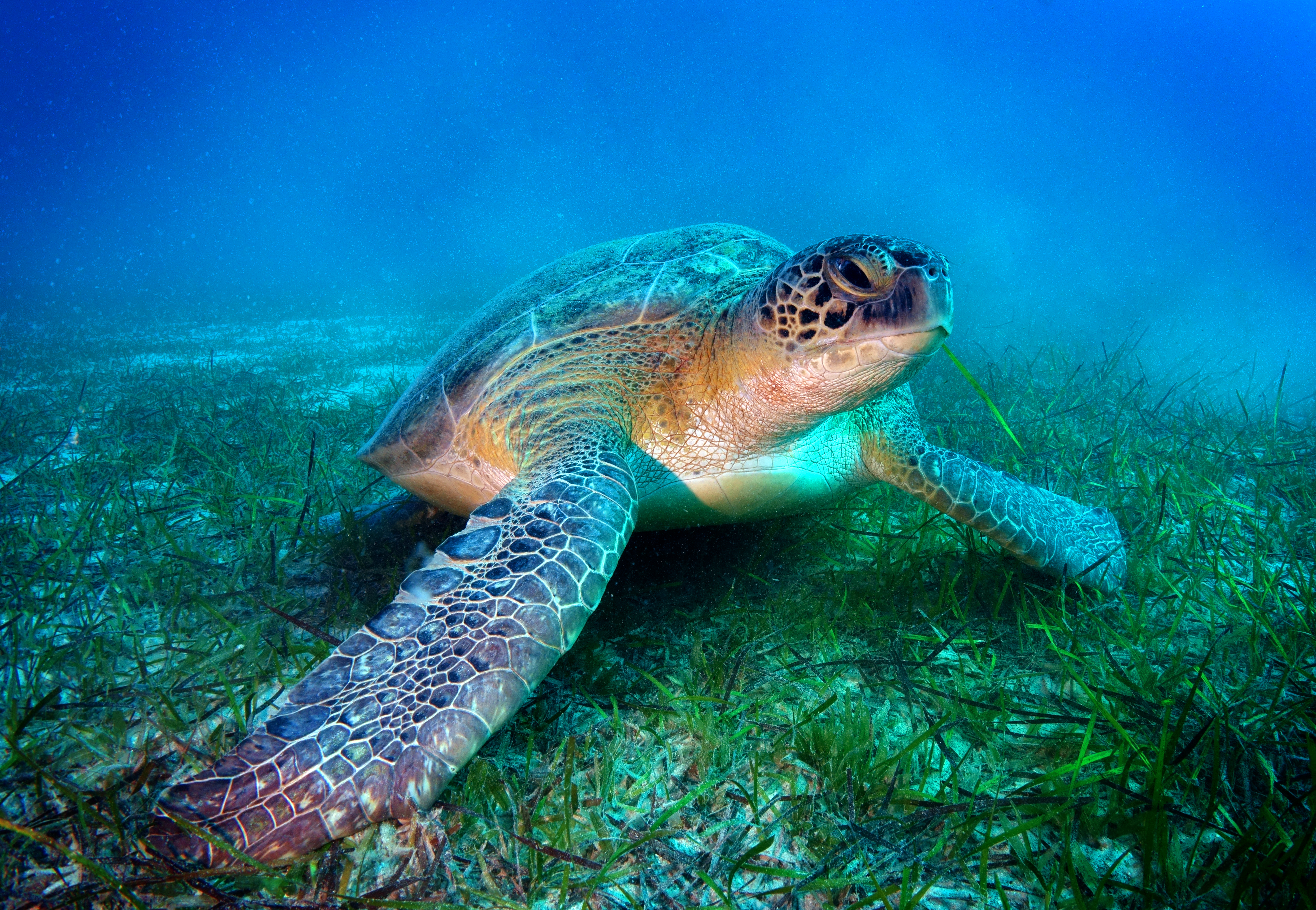
The freshwater crocodile (Crocodylus johnstoni) clocked up 402 minutes, or 6.7 hours, underwater when it perceived a threat near the water’s surface. But the record holder is the loggerhead sea turtle (Caretta caretta), with a winning dive of about 610 minutes, or 10.2 hours, according to a 2007 study, while other studies have recorded maximum dive durations of 480 minutes, or eight hours.
These ectotherms have many of the same oxygen-saving adaptations as mammals, but they can also save energy by not needing to warm themselves.
“Their running costs can be half of a similar sized marine mammal just because they don’t use physiological means to keep themselves warm,” Spicer said. “It is the effect of temperature on metabolism that makes the main difference. Leatherback turtles [Dermochelys coriacea] I know can dive deeper than most whale species. And in cold waters they can turn down their metabolism pretty dramatically … enough that they can lie on the sea bottom for hours, or rest in underwater caves,” he added.





